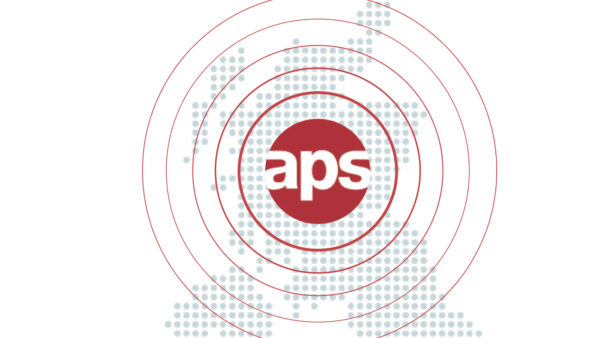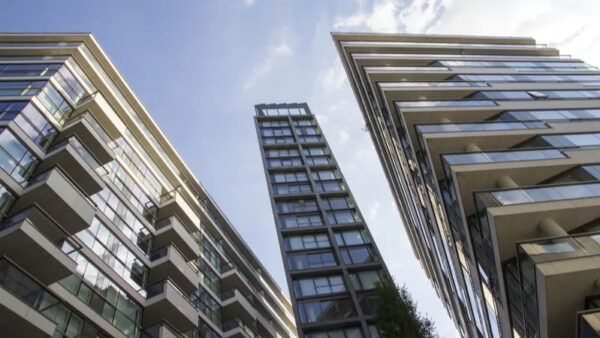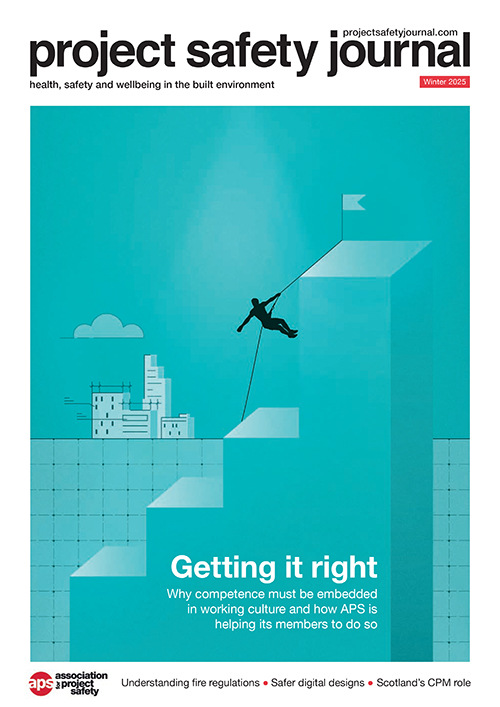
Principal designers and contractors need to follow guidance on how to achieve building regulation approval and the issue of completion certificates, explains Chris Doran, partner with Weightmans.
The need to expedite the remediation of higher-risk buildings (HRBs) – buildings of at least 18m in height and at least seven storeys – is universally accepted and the government has recently launched its Remediation Acceleration Plan with the aim of ensuring that all buildings with defective cladding above 18 metres will be remediated by 2029. But hurdles in achieving that aim still exist.
There has been much comment about significant delays in securing the approval of the Building Safety Regulator (BSR) both for remediation projects and new developments at Gateways 2 and 3. Most of that criticism has been directed at the BSR, and questions have been raised over whether it is adequately resourced.
Nevertheless, clients, principal designers and principal contractors (individually and collectively dutyholders) are contributing towards the difficulties being experienced, and these failings may have significant impact upon their contractual liabilities.
The gateway regime
The gateway regime introduced by the Building Safety Act 2022 (BSA) requires both new and remediation projects to obtain approval at three gateways, namely at planning stage (Gateway 1 – where the BSR must be consulted), prior to construction works commencing on site (Gateway 2) and prior to occupation (Gateway 3).
The HSE originally envisaged that it would take approximately 12 weeks to obtain building regulation approval for new HRBs and eight weeks for existing buildings at Gateway 2 – although it was recognised that more complicated applications might take longer.
In practice, applications for Gateway 2 approval are taking between 25-40 weeks. Gateway 3 approval can take up to four months. There are reports of delays approaching 18 months. These delays are one of the biggest issues that face developers of HRBs, resulting in extended contract programmes and additional costs. Unplanned and unprogrammed delays are also giving rise to disputes over liability for the consequent delays and costs.
Criticisms levelled against the BSR include failure to engage in constructive pre-application discussions with applicants and refusal to advise on how to comply with building regulations. It has been said that this failure has resulted in confusion as to what is required to achieve building regulation approval. The lack of resourcing by the BSR has been another criticism.
The BSR has acknowledged that it needs to do more to mitigate the delays, that steps are being implemented to refine and streamline the process, and that it is attempting to demystify the process.
The BSR is planning to assist the process by offering a new advisory service on how the functional requirements of building regulations can be achieved. It is currently in the process of recruiting appropriate experts in the field for that purpose.
In the meantime, on 27 March 2025 it issued a series of guidance notes on when permission from the BSR is required or not required, how to manage changes in approvals and how to apply for the completion certificate. These can be found at www.gov.uk.
In addition, the BSR has been talking to the industry in order to provide guidance on what is expected from dutyholders when making an application for either building regulation approval or the issue of a completion or partial completion certificate.
How to mitigate delays
Recognising the number of defective applications being made, the BSR has started the process of trying to demystify the process for obtaining the necessary regulatory approvals for Gateway 2 and 3 approvals.
Application for building regulation approval (Gateway 2)
When an application is received, the BSR ‘verifies’ or ‘validates’ the application. This is not a technical analysis. It is merely concerned with ensuring the application is accompanied with the correct supporting documents. The process can take six days (down from 70 in early 2024). The purpose is to ensure defective applications are excluded from the process at an early stage.
Once the application is verified, the BSR will undertake its technical assessment. To do so, it will seek the advice of external multi-disciplinary teams (MDTs). The composition of these vary, but typically include fire engineers, building control and the fire service.
MDTs are asked to advise upon: (i) the quality of the application and whether it should be rejected at an early stage; (ii) what further expertise may be required in order to assess the application; and (iii) whether the project is so complicated that an extension of time (over the normal 8-12 week period) will be sought to assess the application.
The MDT is then charged with assessing the application. The key question it must consider is whether the applicant has demonstrated that the design complies with the relevant building regulations. A common mistake is that applicants simply provide the plans, drawings and specifications which merely show what work is to be carried out. This is likely to result in an application being rejected.
Dutyholders must go much further. It is not sufficient to merely submit documents which, in their view, can demonstrate compliance. It is imperative that they positively demonstrate that compliance will be achieved. The BSR is not prepared to try to second-guess the design philosophy and methodology.
How is this done? Dutyholders must:
- Identify and list each and every requirement of building regulations which they consider needs to be complied with.
- Clarify what standard, code or other document they consider to be pertinent in demonstrating compliance with building regulations and explain the reasons for their view.
- Justify the design by providing a detailed narrative of how compliance with each aspect of building regulations has been achieved. Contentious elements of the design should be specifically addressed.
The BSR recognises that these requirements will require significant investment of time and effort. Failing to do so, however, will result in an application being rejected, with consequent delays and additional cost, including potential contractual liability.
Application for completion certificate (Gateway 3)
During the construction phase, the BSR will undertake regular site inspections. No meaningful changes to the approved design can be made without the approval of the BSR.
Before a new HRB or additional units in a HRB or any work which causes a building to become a HRB can be occupied, BSR must issue either a completion certificate or partial completion certificate (if only part of an HRB is to be occupied).
It will be critical to maintain an up-to-date construction control plan documenting the following:
- How the activities of contractors and project professionals are managed, including how their respective competence is ascertained and how cooperation, communication and collaboration are monitored.
- How quality of the works undertaken is ensured (the level of supervision, instruction and training offered). The BSR will require evidence that all work undertaken complies with all applicable building regulations.
- How information concerning design and construction (the golden thread) is collected and maintained, when and by whom and details of the information that is retained and evidenced.
Lessons
Principal designers and contractors now have much clearer guidance on how to achieve building regulation approval and the issue of completion certificates. Moving forward, they will also have the opportunity to avail themselves of the BSR’s new advisory service on how the functional requirements can be achieved.
These initiatives should do much to reduce the level of delays experienced to date. Nevertheless, the current backlog is likely to mean that in the short/medium term, delays will continue to be experienced.
Clients, principal designers and contractors will need to ensure that these potential delays are accounted for in their contractual programme, and/or that extension of time clauses are amended to determine where the risk for various causes of delay is to rest.












